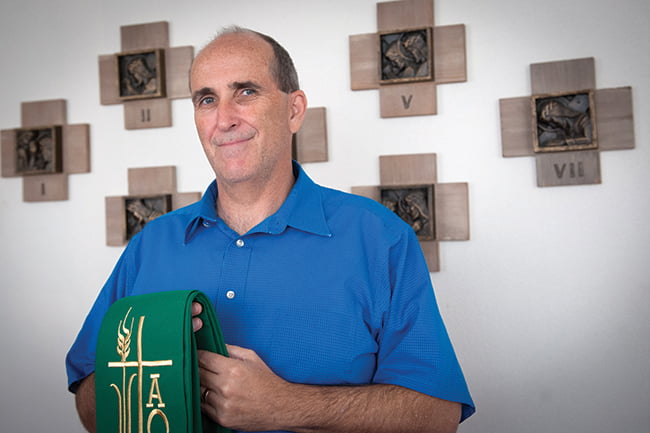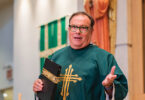
by Leon Suprenant
Of the many beautiful celebrations throughout the liturgical year, one that has always captured my imagination is the occasional feast day of a saint along with his “companions.”
Earlier this month, for example, we commemorated the feast of St. Denis and companions (Oct. 9).
Typically on such feast days, the “headliner” is the ranking cleric, often a pope or a bishop, while the “supporting cast” (aka the “companions”) are other holy people who, along with their celebrated leader, were martyred for their Christian faith.
While the “companions” are a diverse group, including religious as well as heroic laymen and women, I have noticed in recent years that many of these so-called “companions” were deacons.
For example, St. Denis was a third-century French bishop, whereas one of his two companions was the deacon Eleutherius.
Another example is the feast of St. Sixtus II and companions (Aug. 7). St. Sixtus was a third-century pope and his “companions” were six of his seven deacons — four were martyred with him and two were martyred later that day. (It was typical to have seven deacons at that time in imitation of the seven men in Acts 6 who were commonly considered the first deacons.)
The seventh deacon, interestingly enough, was St. Lawrence (Aug. 10), who famously was apprehended and martyred four days later.
There are many terms and images used to describe deacons: heralds, bridges, intermediaries and envoys.
Deacon Harold Burke-Sivers refers to deacons as “sheepdogs,” as they help run interference for the bishops and priests (i.e., the shepherds), but are not themselves the shepherds.
And above all, as their title suggests, deacons are servants, in imitation of their Master, who “did not come to be served but to serve” (Mk 10:45a).
I suggest that we might add the term “companion” to that list.
First, the term “companion” suggests a humble, supportive role that aptly characterizes a significant dimension of the deacon’s ministry. We are reminded of this role in the sacred liturgy, where the presiding bishop or priest has his deacon companion, his “right-hand man,” at his side.
Second, in our liturgical feasts, the “companions” are martyred right alongside St. Denis, St. Sixtus and others, whose names are explicitly remembered at Mass.
While not all deacons are martyred for the faith, we might recall that the first post-Resurrection martyr recorded in Scripture was the proto-deacon Stephen. It’s the logical progression of following Christ the servant, who came “to serve and to give his life as a ransom for many” (Mk 10:45b).
Third, and most importantly, we might note that a “companion” is literally “one who breaks bread with another.”
This term clearly has eucharistic overtones. The deacon is a companion to the bishop and to all the faithful because he is first and foremost a close companion of the Lord Jesus, who is truly present in the Eucharist.
May all of us, in our own journeys of faith, be numbered among the companions of Jesus and his holy ones.






